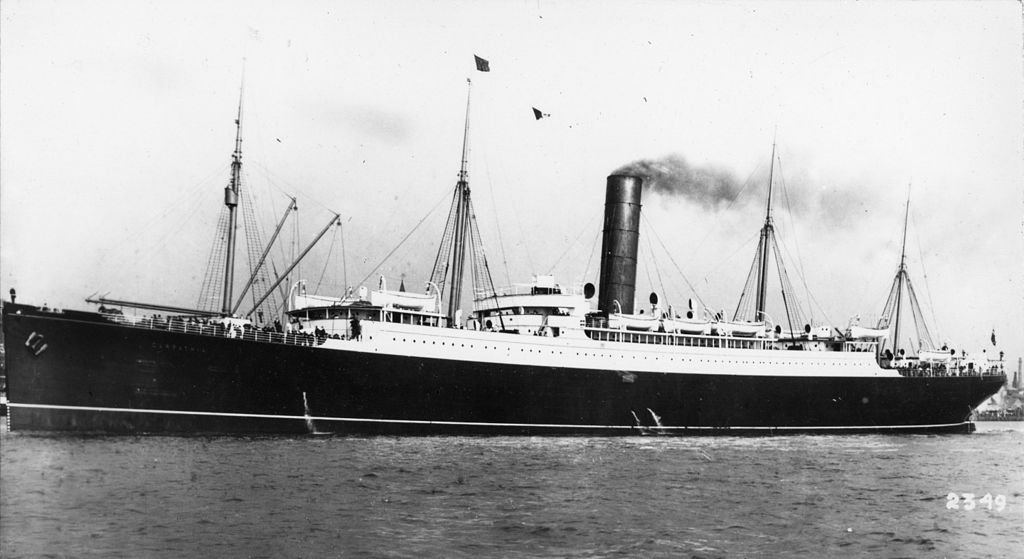The Althea Test for Measuring Inclusion Maturity
Measuring Inclusion Maturity
I’ve been lucky to have created a popular talk called Lending Privilege that explains how everyone can contribute to DEI (Diversity, Equity, and Inclusion) efforts both at work and in our personal lives. I’ve had the privilege of giving it all over the world.
One outcome of giving my Lending Privilege talk so many times is that I’m often invited to present it at software engineering companies. These companies range in size from small startups to multi-national corporations with tens of thousands of employees all over the world.
On a regular basis, either before or after I give my talk, I’m brought in to meet with the leadership team. These meetings often include the people who invited me to the event, members of the executive team, VPs of Engineering (VPEs) or Directors, and software Engineering Managers. These are often “get to know each other” meetings, but they regularly turn into requests for me to assess the inclusion maturity level of their company. They want me to help them understand, “How can we be more inclusive?”
I start by pointing out the obvious. If there are mostly men in the room, then I simply mention that as a less than positive sign. However, most companies have made a lot of progress at improving the gender balance of their leadership team. One area that needs a lot of improvement is the racial mix of the people at the top of the company. This is why I’m almost always the only Black person in the room during these conversations. So, I point that out, too.
I then go further by applying what I call the Althea Test. The Althea Test is a set of questions that I pose to people in the room at the VPE or Director level. I usually note expressions of surprise on their faces when I start addressing them because I get the sense that they are primarily there to help the people who report to them (the Engineering Managers) fix their DEI problems. What they don’t understand is that the people who can have the biggest impact on empowering DEI efforts are not the managers. The biggest impact can be made by the the “managers of managers”.
Here are the questions I pose when I apply the Althea Test to VPEs and Directors:
- If there are Black women who are individual contributors in your organization, do you know their names?
- Can you list at least two contributions they made in the last quarter?
- Do you see them doing your job eventually?
If the answer to any of these questions is “No”, then they have failed the Althea Test.
That almost always means that the organization has a long way to go when it comes to DEI.
If they can answer “yes” to all three questions, then that almost always means that the organization is very mature when it comes to DEI.
Why The Althea Test Works
The Althea Test works because Black women are the group that are most disadvantaged in society, and this is especially true in the software industry. Due to intersectionality (a term coined Professor Kimberlé Crenshaw in 1989), Black women are often doubly penalized by race and gender discrimination. Furthermore, initiatives aimed to combat gender discrimination often miss Black women because of their race while those designed to combat racial discrimination overlook them because of their gender. In addition to other challenges, Black women make 67 cents for every dollar paid to white men in high-salary positions. Organizations that provide an attractive environment for Black women to work and retain them long enough for them to make it to leadership have directed significant resources towards the people who need the most help.
Providing assistance for the most vulnerable provides a much more effective system of help for everyone. One shining example of this comes from the story of the RMS Titanic.
Most people know about the Titanic from the 1997 Oscar winning film if not from history. What is less known is the story of the RMS Carpathia which was the only ship that rescued survivors of the Titanic.
When the captain of the Carpathia heard about what happened to Titanic, he immediately began preparing the ship to help survivors. He slung out the lifeboats and rigged lights along the sides of the ship so that the survivors could see help coming. He also lowered ladders and rigging so that people who were physically able to do so could climb aboard the ship. However, he did something else. He prepared slings so that children, the sick, the elderly, and others who could not pull themselves onto the ship could be hauled on board.
I love the idea behind those slings. The slings meant that the rescuers had put a lot of thinking into how they could quickly help the most people. I’m not sure if the slings were thought of first, but they indicated a completeness of thought that was reflected in what happened when Carpathia reached Titanic.
By directing all possible heat to the steam engines, Carpathia exceeded it’s maximum rated speed of 14 knots and hit an impossible speed of 17 knots. Dodging a minefield of ice bergs in the dark, it reached Titanic an hour earlier than expected. Having been slung out, the lifeboats were immediately put work, and using a combination of methods, 705 of the 2,208 people who boarded Titanic were saved. I imagine those slings added several children and those who were sick or injured to that number.
It turns out that another ship, the SS Californian was only five miles away from Titanic when it was sinking. However, it didn’t respond to Titanic’s distress signal until a day later.
Organizations that pass the Althea Test are like Carpathia. They’ve created a system and a set of experiences that think of those who are most harmed by a lack of inclusion: Black women. This attracts Black women who enter these companies to find support and a path towards leadership. This results in an an environment that also supports other marginalized groups (LGBTQ, Latinx, etc.). I truly believe this is only really possible when VPEs and other “managers of managers” are actively involved in crafting this environment based on individual attention and sponsorship.
Organizations that fail the Althea Test are like the SS Californian. They’re in the right general area, but they’re missing essential signals.
There are exceptions, but I’ve found the Althea Test to be very accurate. It’s not meant to end any discussion about inclusion. However, it’s a very useful way to start those discussions.
Why Is It Called the Althea Test?
I had led software engineering teams for several years before I had a Black woman on one of my teams. Her name was Althea, and she was an exceptional member of my team. It was a pleasure to work with her.
As time went on, I worked on many different teams across a range of companies. Knowing that Black women are often mistreated in the technology industry, I always wondered how Althea would fare at the companies I experienced. Thus, the Althea Test was born.
Summary
I encourage all technology companies to apply the Althea Test to the people who are usually considered “managers of managers”. It’s a powerful and effective way to get a sense of how well you’re doing at DEI efforts.

